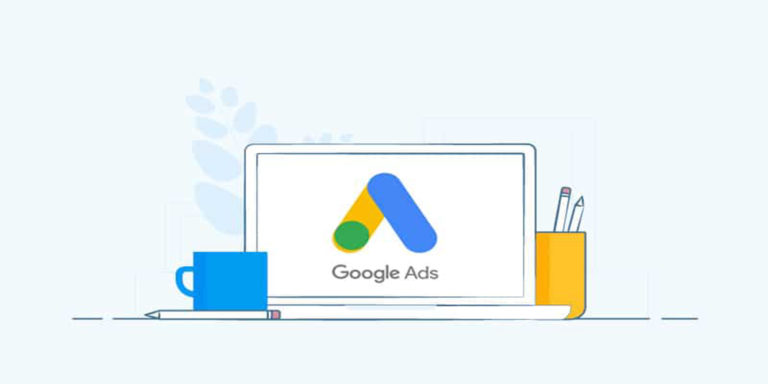In this article, you will learn how PPC takes an important part of your advertising strategy. If your goals include increasing your online visibility, driving traffic, reaching your potential customers, or increasing your sales, PPC would be a great choice. To take advantage of these benefits, you should understand how pay-per-click marketing works and how to optimize your campaigns in the best way which will also help you to make the best of your budget and reach your ideal audience.
What is PPC?
PPC is a type of online advertising model where a business is billed for each click that a user does on one of their ads. Where advertisers pay publishers such as Google, Facebook, LinkedIn.. etc.
PPC Channels
Google Ads

You can advertise using multiple types of campaigns across the Google Network. Here are some of the campaign types that Google provides to marketers.
1. Search Campaigns
Search campaigns are the most widely known pay-per-click ad format. where ads appear on the search results page according to the search term. This ad type works with the CPC model, charging occurs only when users click on your ads.
2. Display Ad Network
Display ad network is a large network that allows you to publish ads on millions of websites included in Google. You can capture your target audience interest, website topics, demographic features by using the display advertising network. At the same time, this network allows you to show your ads only on the websites you choose.
3. Shopping Campaigns
Shopping campaigns are the type of campaign that you should try if you have an e-commerce site. By sharing your product inventory with Google, you will be able to display ads on the search results when users look for products similar to those in your inventory. Unlike text ads, shopping ads will be displayed on the search results with images, titles, and prices. To be specific, shopping ads do not use keywords, yet they are actually triggered upon the product description in your products feed
4. Remarketing Campaigns
By creating remarketing campaigns on search network, shopping ads, or display ad network, you can show your ads over and over again only to users who have already entered your website.
Facebook PPC Ad

Facebook has an important share in the social media advertising market with more than 2 billion active users. You can target users based on location, age, gender, interests, or behavior by using Facebook ads. Facebook allows advertisers to advertise with different options. On the other hand, you can also use catalog ads or dynamic remarketing ads specific to e-commerce sites.
Instagram PPC Ad

Clearly, more than 2 million businesses use Instagram ads to reach their target audience, gain followers, or showcase their products to their potential clients. You can manage Instagram ads from the mobile application as well as more extensively through Facebook Ad Manager.
Linkedin PPC Ad

If you are advertising for a business that operates on B2B model, you should try Linkedin ads, because Linkedin ads offer comprehensive and reach to professionals all around the world. Using Linkedin ads, you can target users according to their company, job title, and abilities.
How does PPC work?
There are 3 main factors in PPC. Advertisers, ad broadcast networks, and publishers. Advertisers want to reach their target audience by choosing an ad network and in return, they pay the publishers for serving their ads. However, pricing can differ depending on the bidding strategy you adopt. These strategies are; cost per click, cost per mille, cost per action.
Cost per Click (CPC)
It is the type of bidding strategy that advertisers pay to publishers within the criteria set. The criteria can differ depending on the profile of the advertisers. The most important point to be considered here is to advertisers only pay for the achievement of their set goals.
Cost per Mille (CPM)
It is the type of advertisement where advertisers are charged for their ad views. It is one of the oldest online advertising bidding strategies. With this type of bidding, advertisers create certain criteria, and pricing is carried out through this system.
Cost per Action (CPA)
With this bidding strategy, advertisers set a desired action that they would like their clients to take and pay per the completion of this action. These actions can be a sale, a lead form submission, or any other desired action. In short, advertisers will only pay for the results they expect.
Advantages of PPC

- PPC allows you to pay only for clicks
- It provides fast results
- PPC provides budget control
- You can decide where and when your ads show
- PPC provides instant control and regulation
We have discussed different PPC strategies, analyzed why PPC is important for your business, and have shown you various PPC channels that are available for your use.
To get more information on how to run your online advertising campaign, contact our Earnado team!




